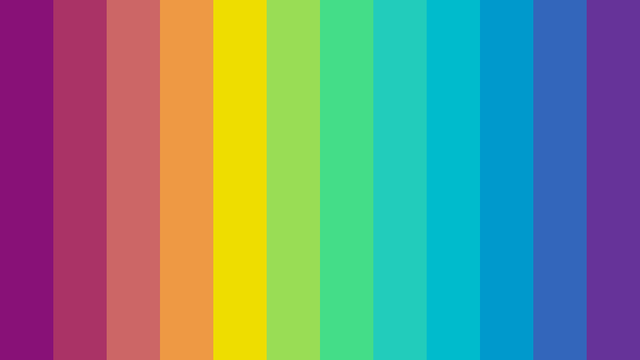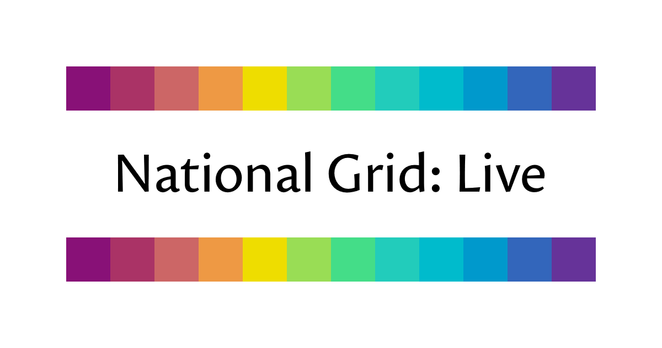@katemorley I dunno if it's just me, but the yellow stands out as very different from the colours around it, while the ~5 green-blue colours are very similar. If it's perception-distributed, I would have expected more evenness (or perhaps this is me finding out that I'm slightly colour blind?).
Looks pretty as hell though.
@naught101 I think the main reason for the yellow standing out the most is that it’s where the luminance peaks (because if you lower the luminance of a yellow too much it looks unpleasant against a white background).
It does feel like there are a lot of blue-green colours, but I’ve noticed that this is a property of all colour spaces that are designed to be perceptually uniform. I’d speculate it’s an illusion caused by the fact we have lots of distinct names for colours at the red end of the spectrum and fewer at the blue end, and that affects how we interpret the rainbow, in the same way we see pink as a distinct colour (rather than light red) but light blue as just a kind of blue.
@katemorley yeah right. Huh.
For me, colours around yellow are definitely much more distinct than the ones between blue and green. Like, substantially more distinct. To me the orange-yellow-lime triplet seems to cover as much variation as the next green to the last blue (5 colours).

